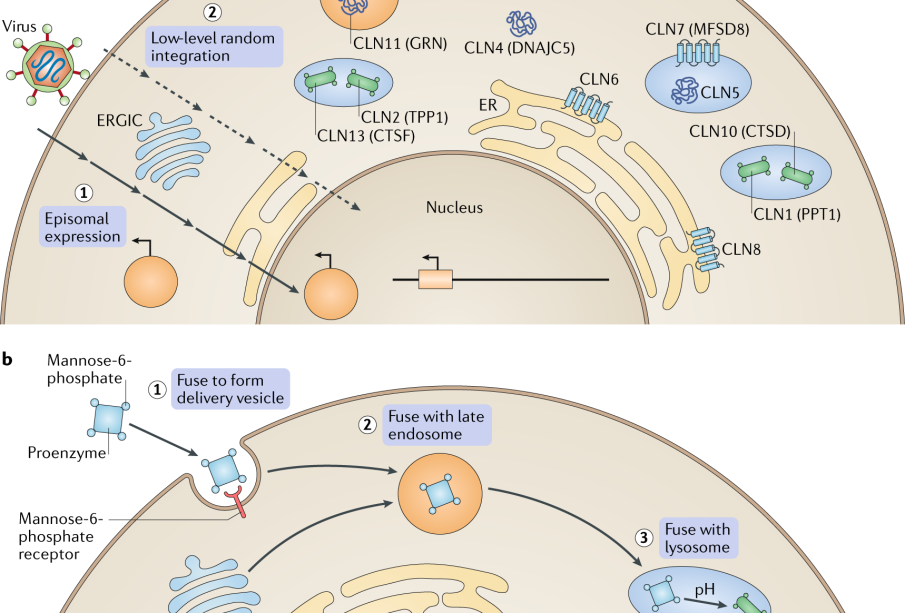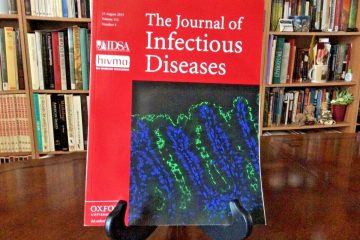Understanding Batten Disease: A Rare But Serious Condition

Introduction
Batten disease, also known as neuronal ceroid lipofuscinosis (NCL), is a rare and progressive neurological disorder primarily affecting children. With an incidence of approximately 1 in 100,000 births, the condition is marked by severe cognitive and physical decline, making awareness critically important for early diagnosis and intervention. As research continues to unveil the complexities of Batten disease, understanding its causes, symptoms, and potential treatments is essential for families and healthcare professionals alike.
What is Batten Disease?
Batten disease is a genetic condition caused by mutations in genes responsible for the production of proteins that help maintain cellular function. This leads to the accumulation of lipopigments in the body’s tissues, particularly in the brain, which ultimately results in neurodegeneration. Symptoms often begin in early childhood, typically between the ages of 5 and 10, and can include progressive vision loss, seizures, cognitive decline, and motor skill deterioration.
Recent Developments in Research
In recent years, researchers have made significant strides in understanding the various forms of Batten disease, with over 13 different types identified, each associated with different genetic mutations. Notable advancements have been made in gene therapy trials, particularly for the most common form, CLN2 disease, where experimental treatments have shown promise in halting disease progression in initial clinical trials. Ongoing studies aim to identify targeted therapies that could alleviate symptoms or even reverse damage caused by the disease.
The Importance of Awareness and Support
As Batten disease is often misdiagnosed due to its rarity and the overlap of symptoms with other neurodegenerative disorders, increasing awareness among healthcare professionals and the public can significantly affect early diagnosis and treatment outcomes. Support organisations such as the Batten Disease Support and Research Association (BDSRA) are crucial in providing resources and advocacy for affected families, ensuring they can navigate the challenging landscape of medical care and support long-standing needs.
Conclusion
Batten disease may be rare, but its impact is profound and far-reaching. Increased research funding and community support will be vital for the future of clinical advancements and the quest for effective therapies. As we learn more about this debilitating condition, it is essential for families, healthcare providers, and policymakers to work together to promote education, support research initiatives, and foster a supportive environment for those affected by Batten disease.








